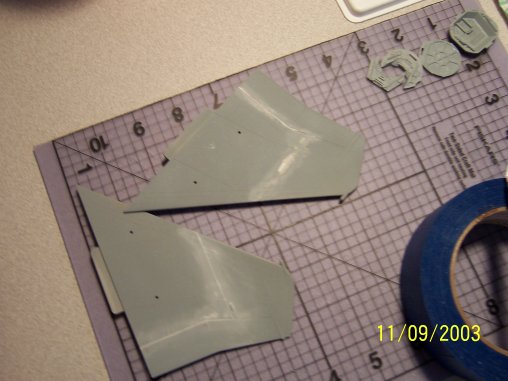I used the putty/acetone technique on my Eagle wings this morn.
Photo is in my gallery, and below:

I did lose some paint, look on the upper wing of the two.
(A masking or glossing first may have preserved it though, still
Light Ghost Grey matte finish on the wings.)
This is my first kit in years. (Long hiatus, now I'm back)
I think I should've painted long after puttying the two peices together.
I painted first because it seemed a lot of the surfaces were more acceseble for washing and drybrushing before they were mated together.
It also helped to soak a portion of a paper towel with the nail polish remover (acetone) and rub it over the smooth parts and get the excess off, in supplement to the QTip.
Newt and all -
BytePilot should be credited for providing the URL to ARC, and the techniques we are learning/modifying from it. I learned from his resource as you have.
THANKS BYTEPILOT !!!


























